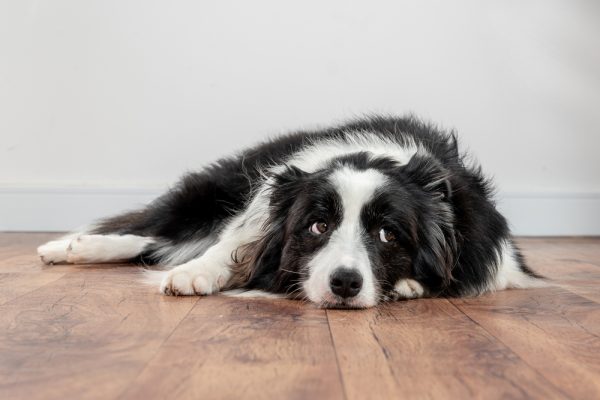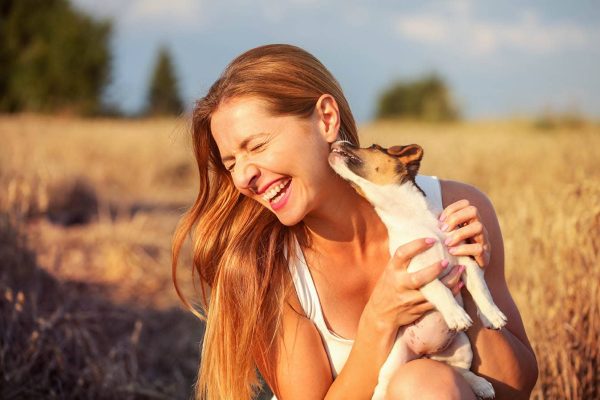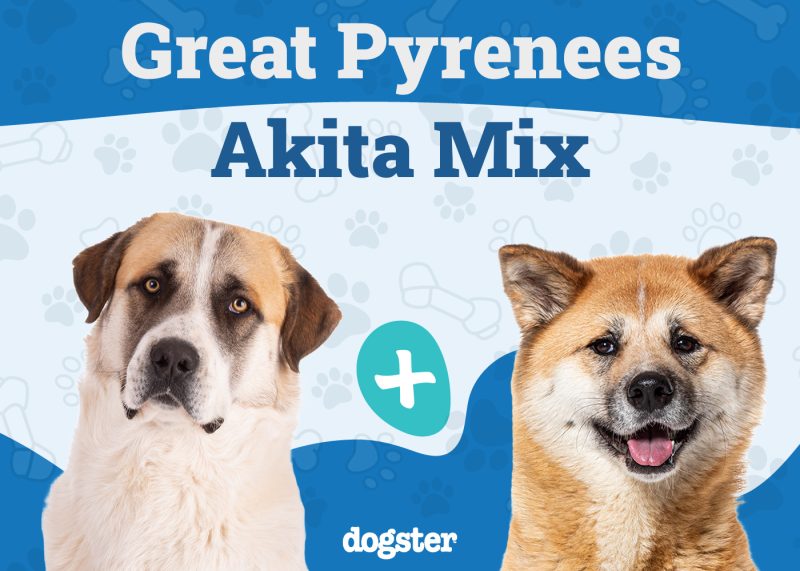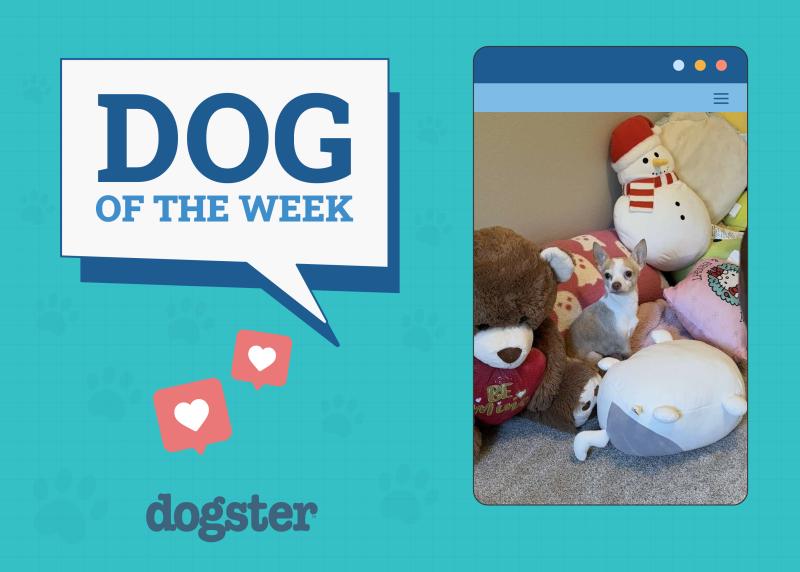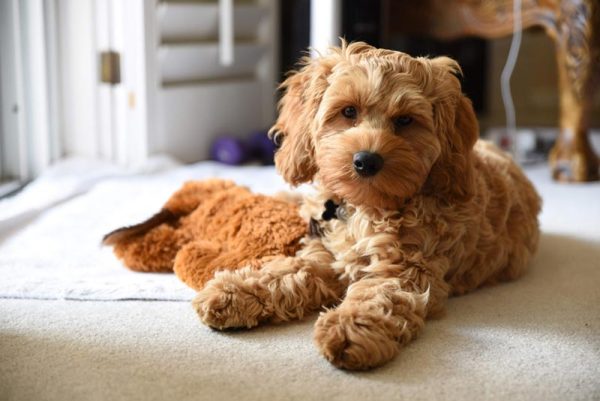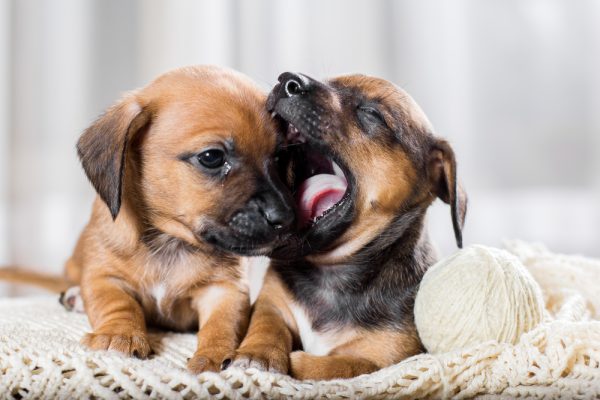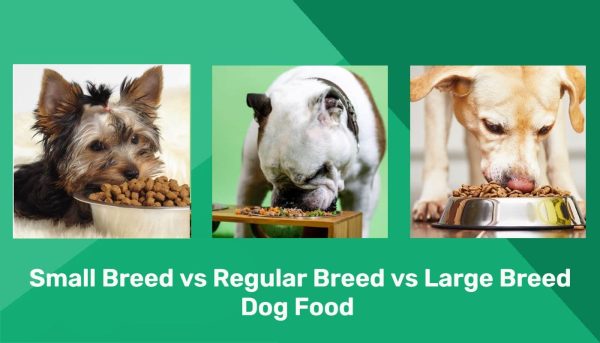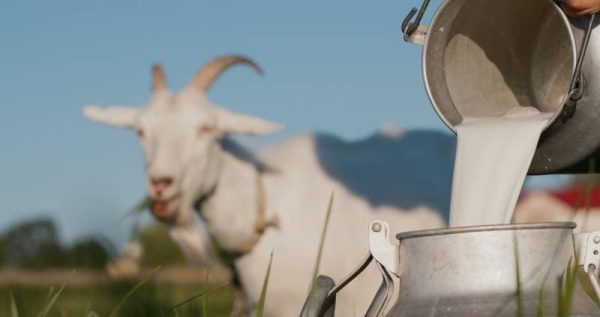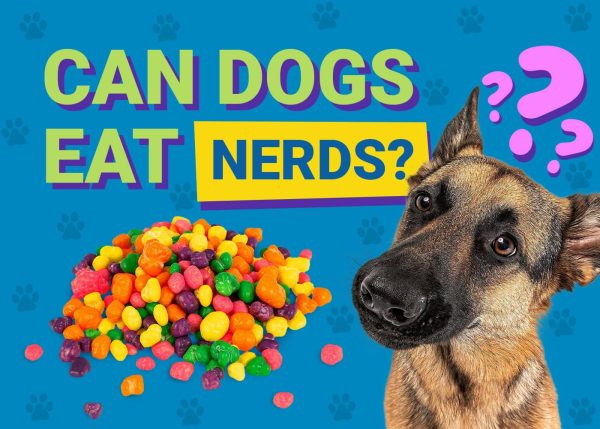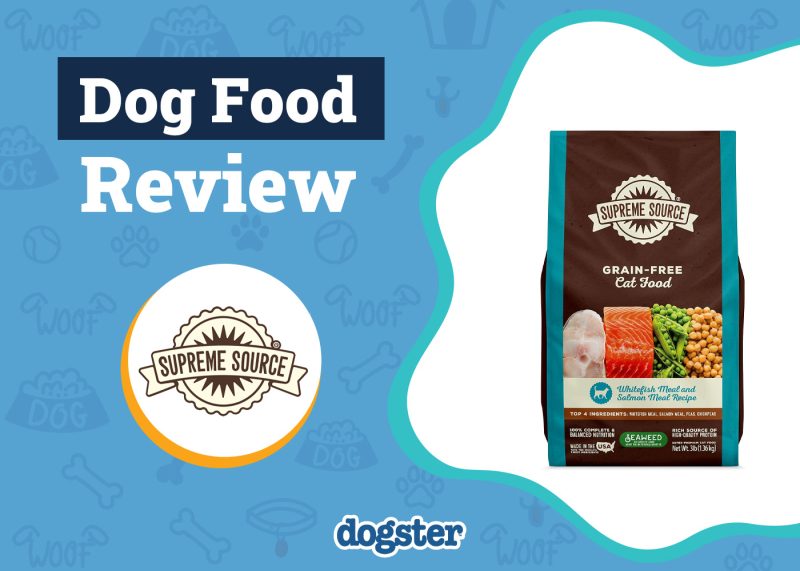Dogs are found in all different shapes and sizes, and some breeds naturally have wrinkles. These wrinkles on dogs could be typical of the breed despite their age and weight. It is not necessarily a sign of aging in dogs as it is with humans.
There are various types of wrinkly dog breeds with certain ones having more prominent wrinkles than others. This article will discuss 10 different wrinkly dog breeds along with their facts and history.

How Are Wrinkly Dog Breeds Classified?
Wrinkly dog breeds are classified by the wrinkles or deep folds on their bodies that are characteristic of their breed. The wrinkles are not a sign of weight issues, as an aging dog and puppies may have them too.
Certain dog breeds are more wrinkled than others and have them covering more parts of their bodies. Some wrinkly dog breeds only have visible wrinkles on their faces, while others have them on their backs, chests, and legs. Their wrinkles are usually the result of certain genetics, facial structures (such as brachycephalic breeds), or excessively loose skin.
The 10 Wrinkly Dog Breeds
1. Shar Pei
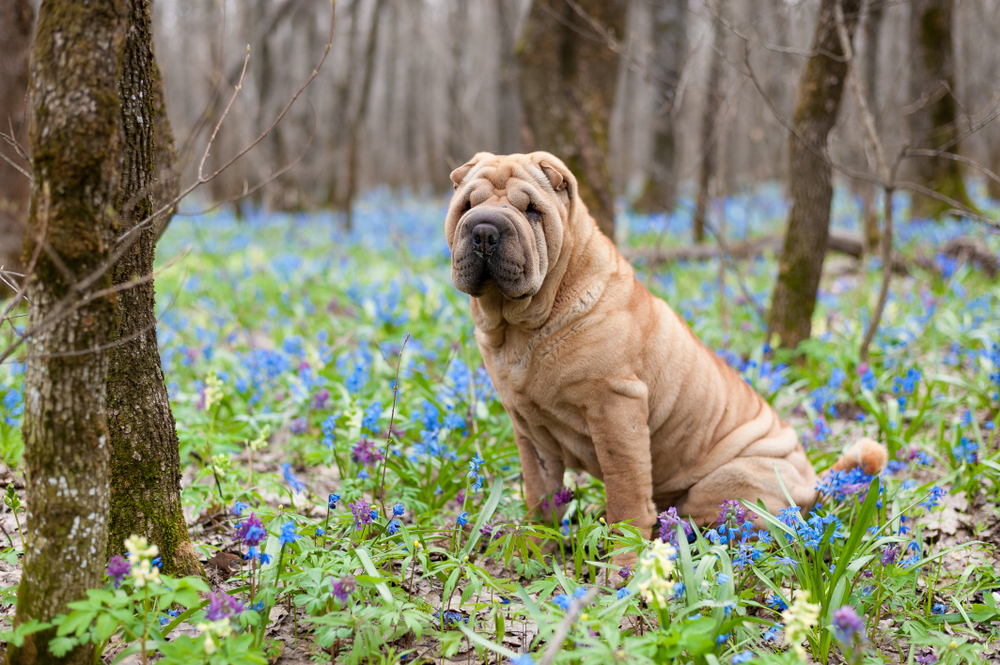
| Origin: | China |
| Lifespan: | 8 to 12 years |
| Height: | 18 to 20 inches |
The Shar Pei is one of the most wrinkled dog breeds in the world. They originated from southern China during 200 B.C. and were originally bred as working dogs. Shar Pei would be put to work for hunting, guarding, and herding by common people.
These medium-sized dogs are easily recognized by their squared faces and deeply wrinkled bodies. Their wrinkles are most visible while they are puppies and seem to smoothen out as they grow. Shar Pei are described as independent and loyal but have a protective side reserved for strangers.
2. Neapolitan Mastiff
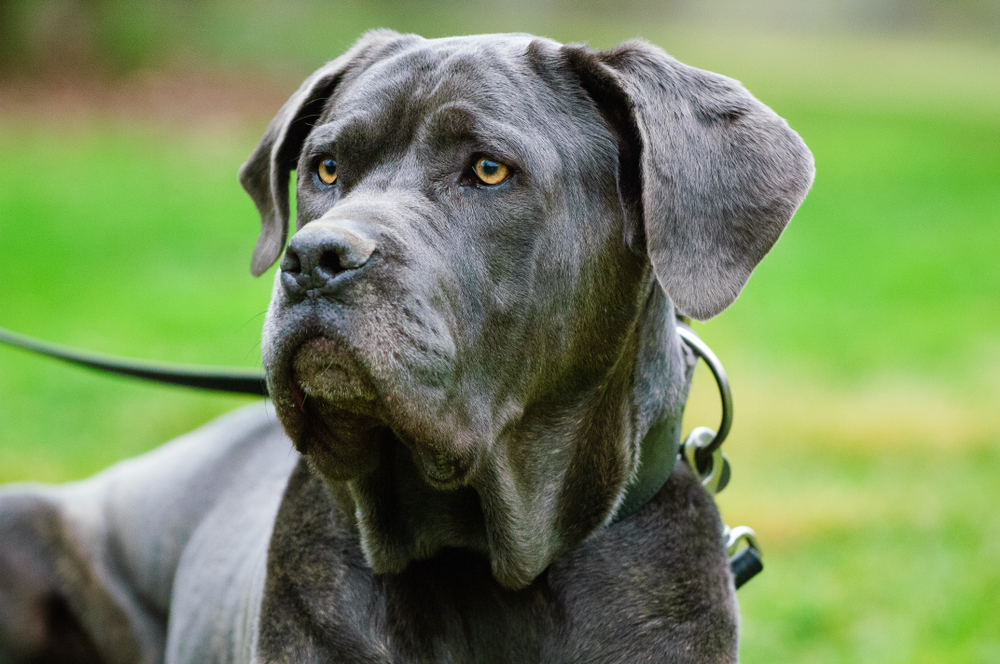
| Origin: | Italy |
| Lifespan: | 7 to 9 years |
| Height: | 24 to 31 inches |
The Neapolitan Mastiff is a large, muscular dog breed originating from Ancient Rome as guardians. The deep, low-hanging folds on their bodies are easily their most distinctive feature. It can seem as if they are wearing a skin suit that is a few sizes too big for them. Neapolitan Mastiffs can weigh up to 150 pounds and stand 31 inches tall.
Deep folds frame their faces and hang down to their neck and chest. This can make the breed look intimidating, but they have placid temperaments and are affectionate family dogs.
3. Bloodhound

| Origin: | France |
| Lifespan: | 10 to 12 years |
| Height: | 23 to 27 inches |
The Bloodhound is renowned for their excellent sense of smell and tracking abilities. You can recognize a Bloodhound by their long, droopy ears and wrinkly heads. Their wrinkles are thought to help transfer scent from the ground and attach it to their faces and necks.
They are believed to be the oldest extant scent hounds, with origins dating back to medieval Europe. Ancestors of the Bloodhound have likely been around since the first century A.D. in France, and they were perfected during the 7th century by St. Hubert and his monks.
Bloodhounds have long been associated with royalty and had noble beginnings as game hunters and trackers. They were also used to trail humans, whether to find lost children or England or track down criminals. This is all possible thanks to the Bloodhound’s keen sense of smell, which is stronger than that of many other breeds.
4. Pug
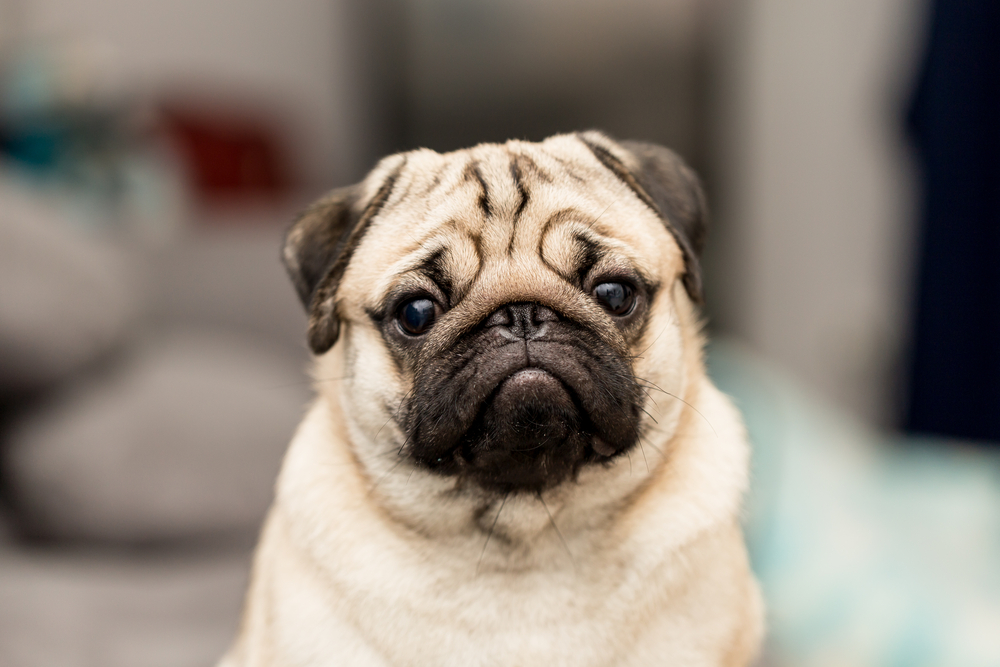
| Origin: | England |
| Lifespan: | 6 to 10 years |
| Height: | 27 to 32 inches |
The Pug is an ancient dog breed associated with royalty. Their flat snouts and head are framed with wrinkles, since they are a brachycephalic breed. It is believed that Pugs originated from China as companion animals for upper-class people or royals. The Pug’s charming and trustworthy temperament allowed the breed to quickly gain popularity. Various monarchs were Pug owners, such as Queen Victoria of England and Queen Marie-Antoinette.
This toy dog breed is adaptable and often gets along with children, and other pets, but they usually don’t mind being an only pet either.
5. English Bulldog

| Origin: | England |
| Lifespan: | 10 to 12 years |
| Height: | 12 to 16 inches |
English Bulldogs are easily recognized by their short, stocky bodies and brachycephalic faces lined with wrinkles. English Bulldogs were originally bred in medieval English, with traces of the breed dating to the 13th century.
Although English Bulldogs are placid and easygoing nowadays, the breed’s original purpose was for fighting. The loose skin on their faces responsible for their wrinkles may have offered them protection during those fights and acted as channels for blood to flow down.
Despite their origins, English Bulldogs make loving canine companions for both individuals and families with children.
6. Basset Hound
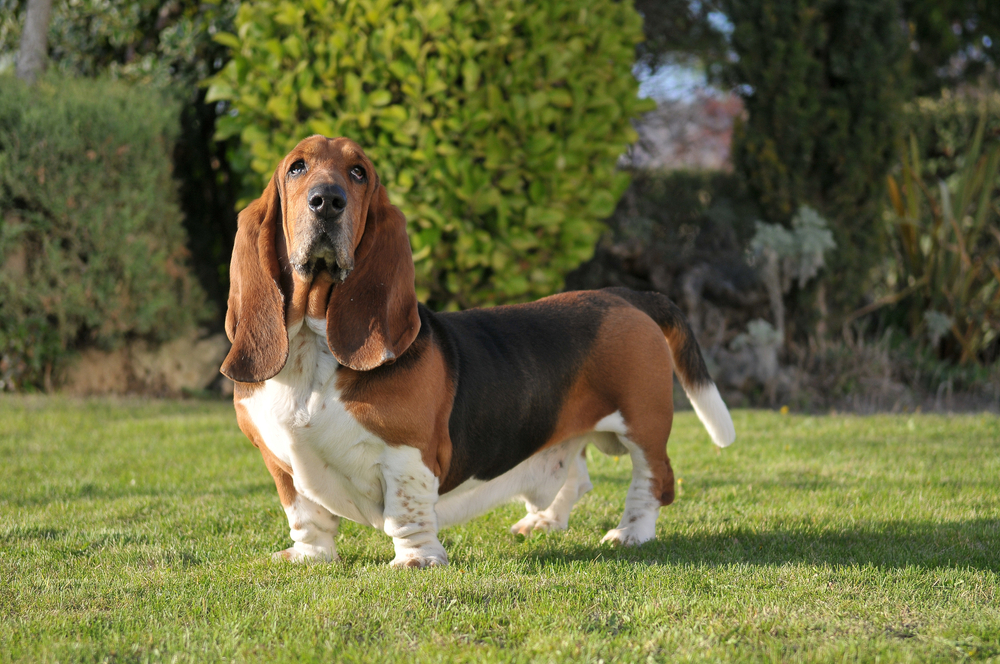
| Origin: | France |
| Lifespan: | 12 to 13 years |
| Height: | Up to 15 inches |
The Basset Hound is a charming dog breed with dwarfism, hence their short legs that are disproportionate to the rest of their body. These dogs have adorable droopy ears and loose skin that usually hangs low and forms wrinkles.
Basset Hounds originate from France and likely descend from St. Hubert Hounds from the 6th century. The modern-day Basset Hound was only refined as a breed during the 16th and 19th centuries. They have an excellent sense of smell only second to the Bloodhound, which shares a common ancestor. Basset Hounds were originally bred for hunting purposes and did a good job at it thanks to their keen sense of smell and excellent tracking abilities.
7. French Bulldog
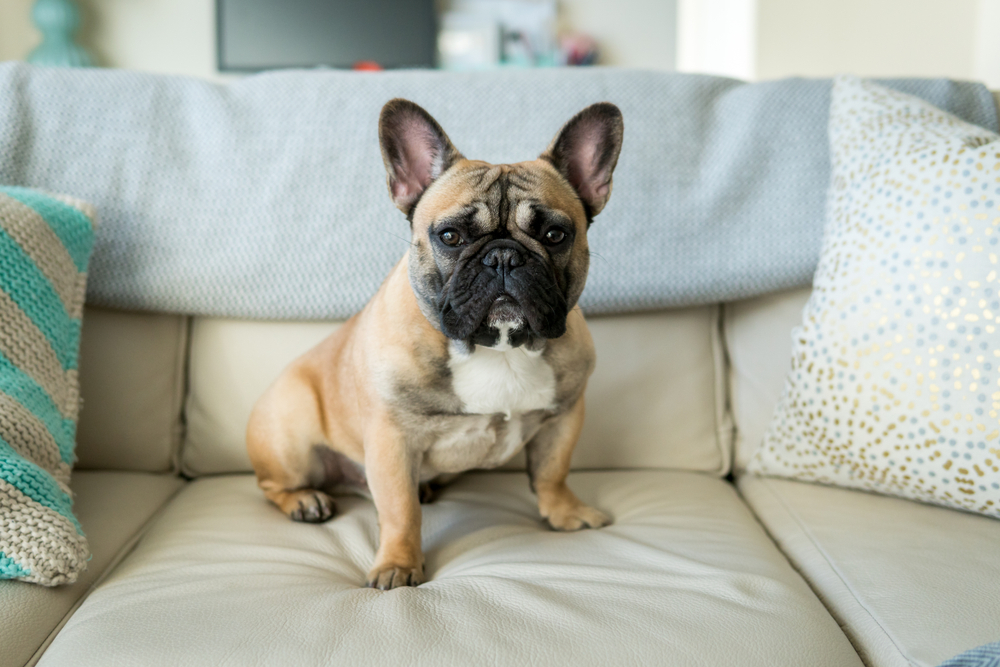
| Origin: | England |
| Lifespan: | 12 to 15 years |
| Height: | 10 to 14 inches |
French Bulldogs, or Frenchies, are small dogs known for their loyal and affectionate temperaments. Their origins began in England around the 19th century, when they were created by crossing Parisian Terriers and toy Bulldogs. This led to the development of the French Bulldog, a brachycephalic toy breed with a stocky body and short and wrinkled muzzle.
Although the breed originates from England, France was responsible for the breed’s rising popularity, while America helped perfect the breed.
Despite their popularity, French Bulldogs are pricey canines with a plethora of potential health issues that owners should be wary of before committing to one.
8. Bullmastiff

| Origin: | England |
| Lifespan: | 7 to 10 years |
| Height: | 24 to 27 inches |
Bullmastiffs are large, muscular dogs originating from England during the 1860s. The breed was developed by crossing two wrinkly dog breeds mentioned in this article, the English Mastiff and the Bulldog. Bullmastiffs have an interesting history as guard dogs trained to subdue intruders without mauling them.
This wrinkly dog breed was specifically developed to lie or sit on poachers who intruded into their owner’s game farm. Bullmastiffs are heavy dogs that can weigh up to 130 pounds, but this does not surpass their larger cousin, the English Mastiff.
9. Dogue de Bordeaux
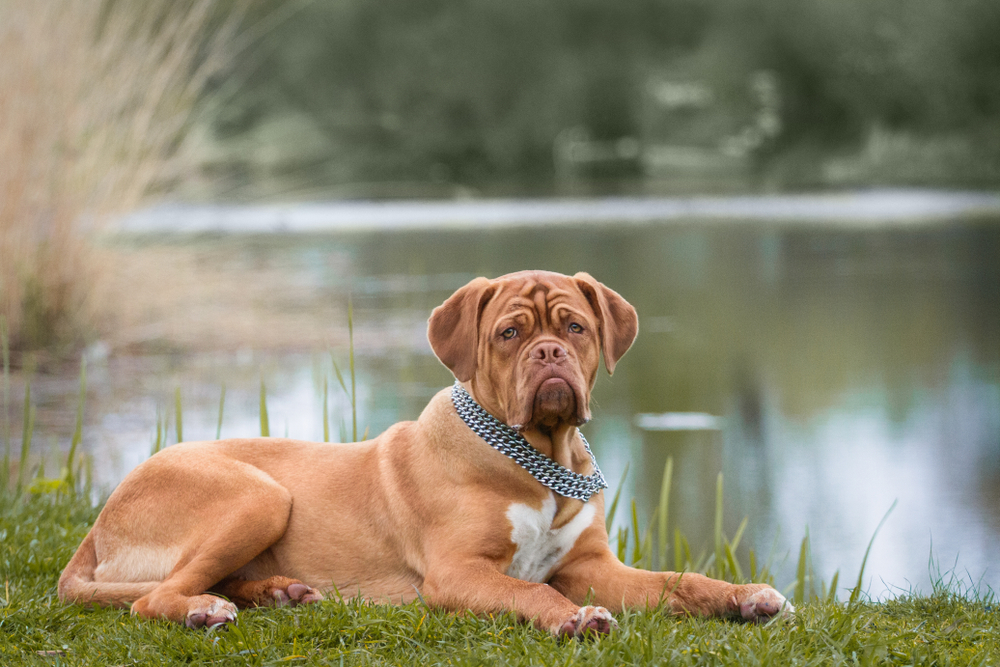
| Origin: | France |
| Lifespan: | 5 to 8 years |
| Height: | 23 to 27 inches |
The Dogue de Bordeaux, previously known as the French Mastiff, is a powerful dog breed with a wrinkly, brachycephalic face. This breed has an ancient history and some parts of it are unknown. There are different theories on the Dogue de Bordeaux’s origins and close ancestors. Some suggest that possible ancestors for this breed include the Tibetan Mastiff and Bulldog, while others suggest they are from extinct breeds.
There are two variations of this breed: the Dogues and the Doguins. The Doguins have been extinct for quite some time and were significantly smaller.
10. English Mastiff

| Origin: | England |
| Lifespan: | 6 to 10 years |
| Height: | 27.5 to 30+ inches |
English Mastiffs are enormous British dogs that can weigh up to 230 pounds. Despite their intimidating size, English Mastiffs are good-natured dogs that are patient and loving toward their family. Their origins can be traced back to England, where they were used for working and fighting purposes.
English Mastiffs were used as guard dogs for gamekeepers and bullbaiting. Like many other Mastiff-type dogs, English Mastiffs have short muzzles and wrinkly faces. Some English Mastiffs have wrinkles and folds along their chests and back too.

Conclusion
From the small Pug to the large English Mastiff, many popular dog breeds have lovable wrinkles. It seems that brachycephalic dogs are the wrinkliest among other dog breeds. This is because of their short, flattened muzzles and shorter skulls.
Wrinkly dog breeds usually have similar care requirements to non-wrinkled canines, although you may need to clean in between the folds to prevent dirt buildup.
Featured Image Credit: Waldemar Dabrowski, Shutterstock



